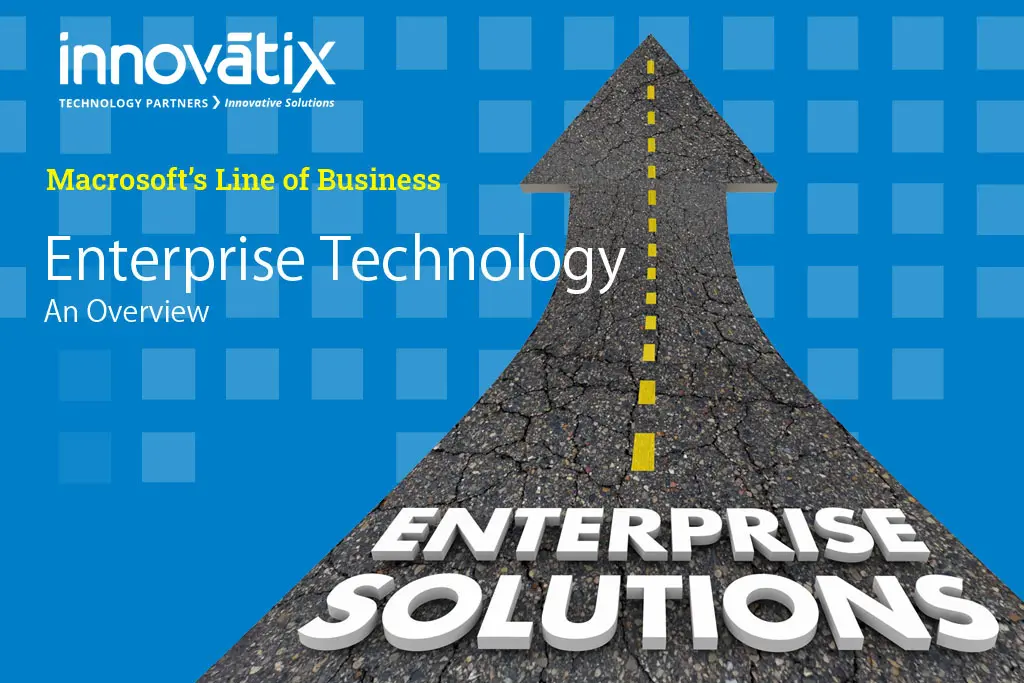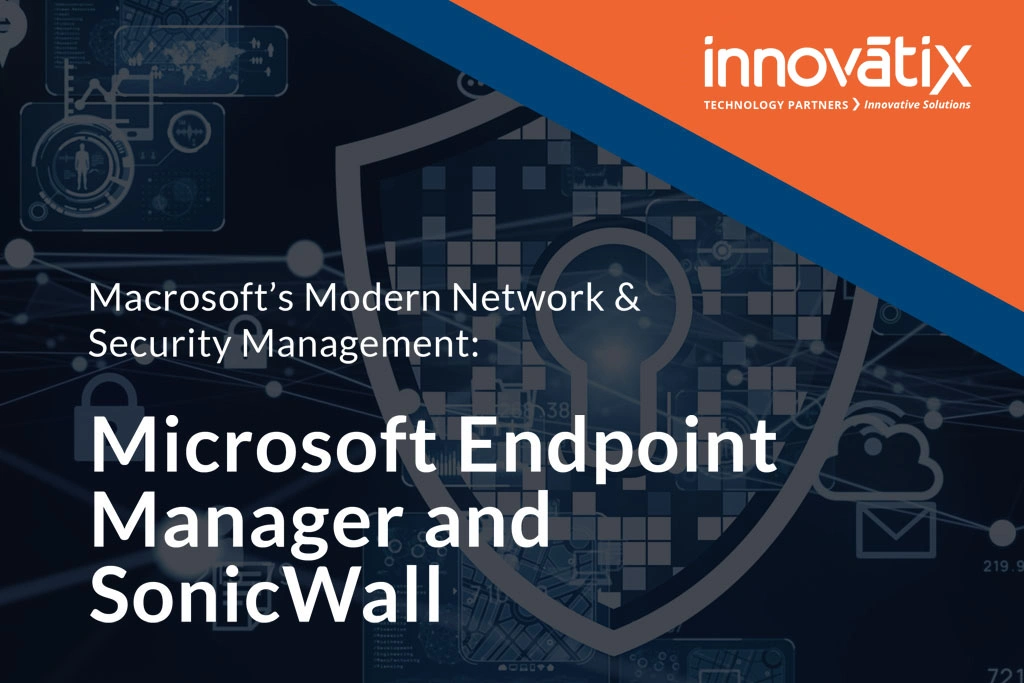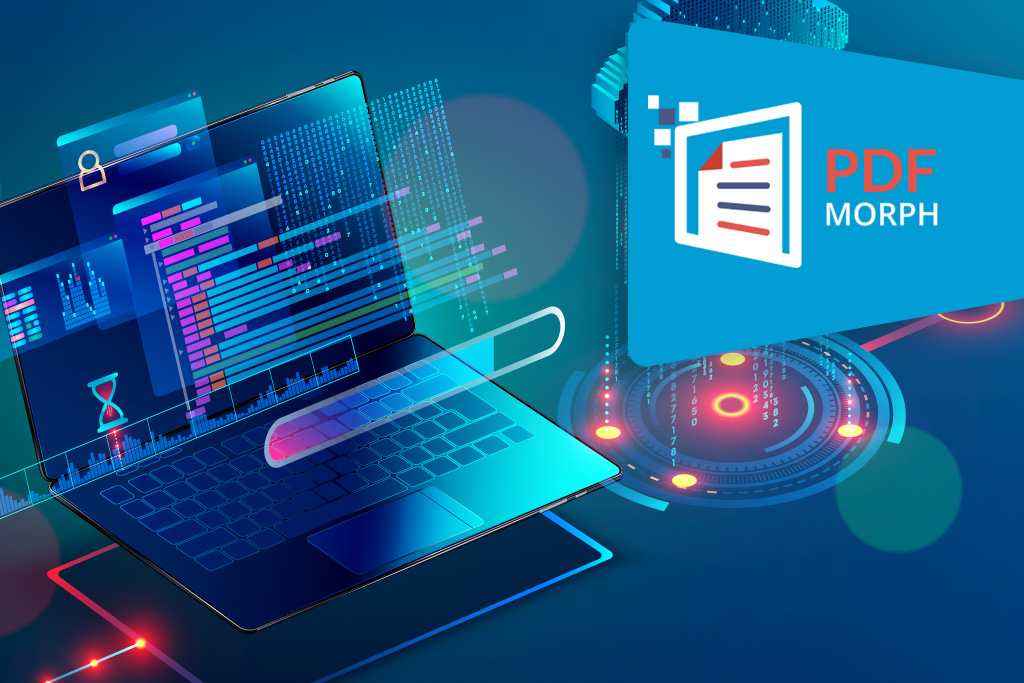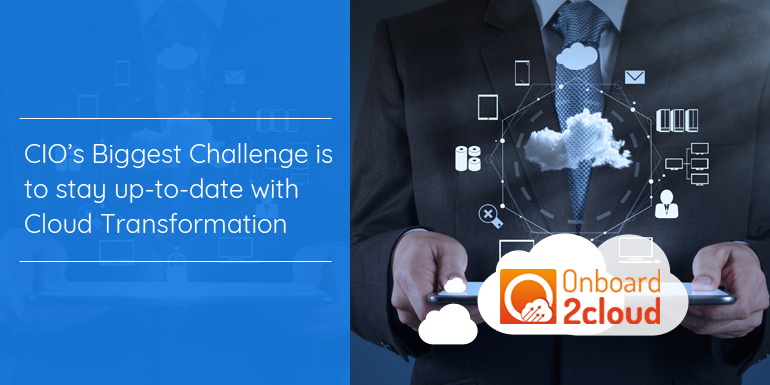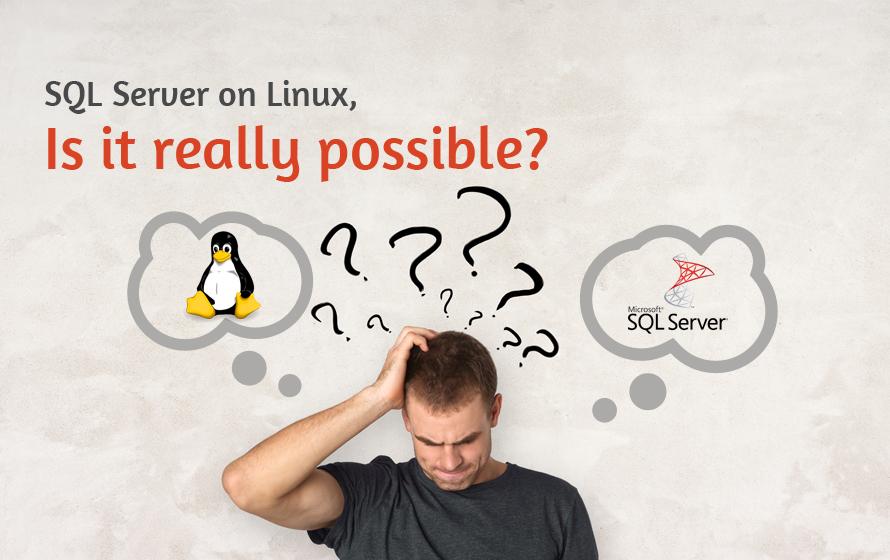G. N. Shah
Home » Archives for G. N. Shah » Page 3

G. N. Shah
Shah is a forward-thinking corporate leader with thirty years of experience delivering top-notch customer solutions in large scale and enterprise business environments. As a technology visionary and driver of strategic business systems development, allow Innovatix Technology Partners to deliver best-in-class software solutions. Shah’s profound expertise includes business strategy, product development, enterprise-wide architecture, application migration, IT transformation, and international development management. Shah holds multiple professional and technical certifications, scholastic degrees, and an MBA.


